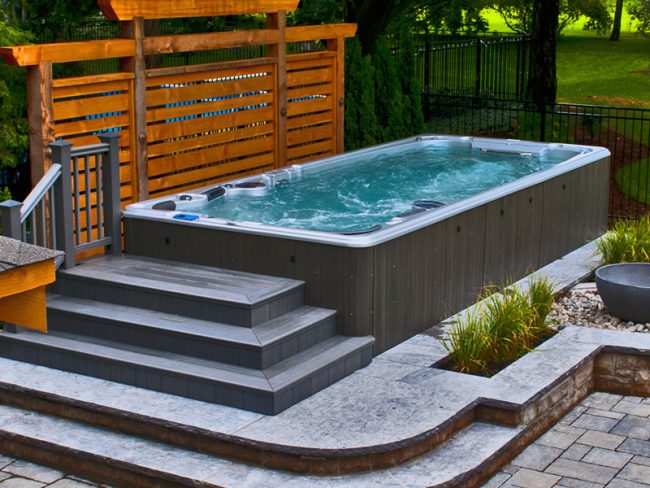Hot Tubs: Choosing the Right Spa, Inflatable or Wooden Option
A hot tub can transform your outdoor space into a relaxing retreat, improve sleep quality, and offer social benefits for families and friends. Whether you’re considering a built-in spa, a classic Jacuzzi-style model, or a portable inflatable hot tub, understanding features, installation needs, and maintenance obligations helps you pick the right fit for your lifestyle and space. This guide breaks down the main types, care basics, and practical considerations to make an informed choice.

This article is for informational purposes only and should not be considered medical advice. Please consult a qualified healthcare professional for personalized guidance and treatment.
What should you know about hot tub types and uses?
Hot tub is a broad term that covers permanent in-ground or above-ground units and portable options. Typical uses include relaxation, muscle relief after exercise, and social gatherings. Consider capacity (number of seats), jet configuration, and control features when evaluating models. Look for durable shell materials and reliable insulation to lower running costs. Also consider placement: a stable, level base with access to an electrical supply and proper drainage improves safety and longevity.
How does a spa differ from other options?
A spa often refers to a fixed installation with more advanced water treatment and stronger jets than many portable units. Spas may include features like LED lighting, aromatherapy options, and integrated audio systems. They commonly require a dedicated electrical circuit and professional installation, increasing upfront complexity but offering higher performance and lifecycles. If you want a long-term backyard feature with superior hydrotherapy and aesthetics, a traditional spa may be the best choice.
Are Jacuzzi models just a brand name or different technology?
The word Jacuzzi is a well-known brand that became synonymous with whirlpool tubs and powerful hydrotherapy jets. Jacuzzi-style models emphasize strong, targeted jets and ergonomic seating designed for therapeutic massage. When choosing, check jet placement and pump power to match your needs—some users prefer powerful back and neck jets for muscle relief, while others prioritize gentle circulation for relaxation. Be mindful that branded options may command higher prices but often include warranties and service support.
When is an inflatable hot tub the smarter option?
An inflatable hot tub is a budget-friendly, portable alternative suited to renters, seasonal users, or those wanting easy setup. Modern inflatable hot tubs come with decent insulation, built-in heaters, and simple filtration systems. Benefits include portability, low installation needs, and ease of winter storage. Downsides include lower heat retention and less powerful jets compared with hard-shell models. For casual use, a high-quality inflatable hot tub can deliver satisfying relaxation with minimal commitment.
What to consider with a wooden hot tub installation?
A wooden hot tub blends rustic charm with natural materials. Often crafted from cedar, redwood, or other rot-resistant timber, wooden hot tubs can be heated by electric or wood-fired systems. They offer distinct aesthetics and a tactile warmth that resin or acrylic tubs don’t replicate. Maintenance requires sealing or stain treatments to protect wood and prevent leakage; periodic inspections for rot or cracks are important. Wooden hot tubs may need a sturdy base and occasional re-tightening of metal bands or fittings.
Maintenance, safety, and environmental notes
Regardless of type—spa, Jacuzzi, inflatable hot tub, or wooden hot tub—regular maintenance ensures safe water and extends equipment life. Key tasks include testing and balancing water chemistry (pH, sanitizer levels), cleaning filters, and monitoring heater and pump performance. For safety, install non-slip surfaces, ensure proper electrical grounding, and supervise children and pets around hot water. To reduce environmental impact, opt for energy-efficient heaters, insulated covers, and consider renewable electricity sources where available. If you have health concerns such as cardiovascular issues, skin conditions, or are pregnant, consult a healthcare provider before using hot tubs.
Conclusion
Choosing among hot tub, spa, Jacuzzi-style, inflatable hot tub, or wooden hot tub comes down to priorities: long-term performance and features, portability and cost, or natural aesthetics. Evaluate site requirements, maintenance willingness, and how you’ll use the tub—daily therapy, weekend relaxation, or social gatherings—to find the best match for your space. With proper installation and care, any well-chosen hot tub can provide years of enjoyment and wellness benefits.






